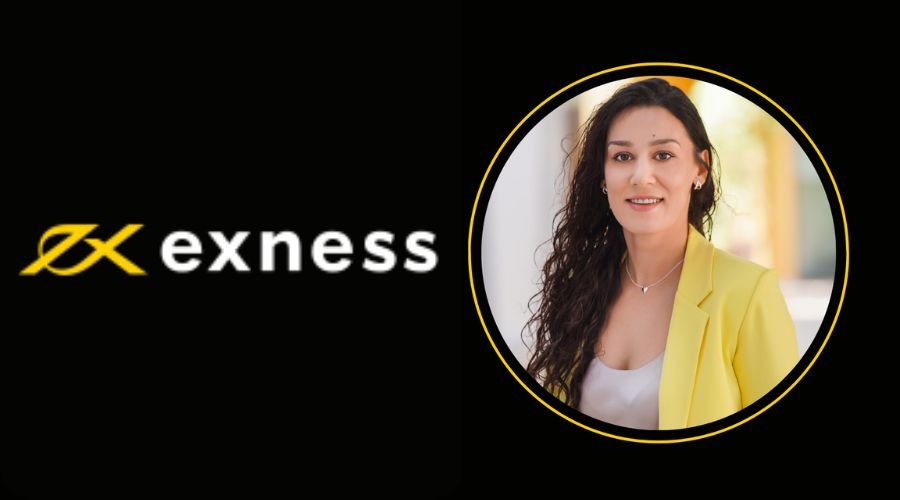
Placing Orders in Exness: A Complete Guide
In the world of online trading, understanding the intricacies of placing orders is crucial for success. For those using the Placing Orders in Exness Exness broker, this guide will help you navigate the various types of orders available, how to execute them effectively, and the strategies that can enhance your trading experience.
What is Exness?
Exness is a well-established brokerage that offers a range of financial instruments for traders, including Forex, cryptocurrencies, commodities, and indices. Founded in 2008, it provides a user-friendly platform and a variety of account types that cater to both novice and experienced traders. One of the key aspects of trading on the Exness platform is mastering how to place orders effectively.
Types of Orders in Exness
Exness allows traders to place several different types of orders. Understanding these can significantly impact your trading strategy and profitability.
1. Market Orders
Market orders are the most straightforward type of order. They are executed immediately at the current market price. This type of order is ideal for traders who want to take advantage of immediate market movements. Placing a market order on Exness is simple and can be done within seconds.
2. Limit Orders
Limit orders enable traders to specify a price at which they want to buy or sell an asset. A buy limit order is executed at the limit price or lower, while a sell limit order is executed at the limit price or higher. This order type is useful for traders who want to enter the market at a specific price point rather than the current market price.
3. Stop Orders
Stop orders, also known as stop-loss orders, are designed to minimize losses by automatically selling an asset when it reaches a certain price. They can also be used to buy once a certain price is reached. This helps traders manage risk effectively.
4. Stop-Limit Orders
A stop-limit order combines features of both stop orders and limit orders. When the stop price is reached, a limit order is triggered, which allows traders to set both the stop price and the limit price, offering more control over their trades.
How to Place Orders in Exness
Placing orders in Exness is a user-friendly process, whether you’re using the web platform or the mobile app. Here’s a step-by-step guide on how to do it:
Step 1: Log in to Your Exness Account
Begin by logging into your Exness account. If you do not have an account, you will need to register and complete the necessary verification processes.
Step 2: Select the Financial Instrument
Navigate to the market and select the financial instrument you wish to trade. This can include currencies, commodities, or stocks.
Step 3: Choose the Order Type
Decide on the type of order you wish to place. This could be a market order, limit order, or stop order based on your trading strategy.
Step 4: Enter the Trade Parameters
Input the amount you wish to trade along with any additional parameters relevant to the order type, such as the limit price for a limit order or the stop price for a stop order.
Step 5: Review and Place Your Order
Before placing your order, review all parameters to ensure they align with your strategy. After confirming, click the “Place Order” button. You will receive a confirmation once your order is successfully executed.
Strategies for Successful Order Placement
To maximize your success in trading, consider employing the following strategies when placing orders:
1. Use Technical Analysis
Understanding market trends and utilizing technical analysis can help you make informed decisions about when to place orders. Analyze price charts and indicators to determine optimal entry and exit points.
2. Manage Your Risk
Utilizing stop-loss orders and careful position sizing is essential for effective risk management. Be sure to set stop-loss orders that align with your overall trading strategy to protect your capital.
3. Stay Informed
The forex market is influenced by numerous factors, including economic indicators, political events, and market sentiment. Staying updated with news and trends will allow you to make better-informed trading decisions.
4. Keep a Trading Journal
Maintaining a trading journal can provide insights into your trading history, helping you identify what strategies work best for you, and making necessary adjustments along the way.
Common Pitfalls to Avoid
While placing orders is relatively straightforward, many traders fall into common traps that can hinder their success:
1. Overtrading
Traders often feel compelled to place numerous trades to capitalize on every market movement. Overtrading can lead to significant losses and emotional fatigue. It is essential to stick to your trading plan and avoid impulsive decisions.
2. Ignoring Economic News
Market volatility often increases around significant economic events. Ignoring these can result in unexpected losses. Always be aware of upcoming economic releases that may impact your trades.
3. Failing to Adapt
The trading environment is continually changing. Failing to adapt your strategies and remain flexible can lead to stagnation in your account growth. Be willing to adjust your strategies as the market conditions change.
Conclusion
Placing orders in Exness is a fundamental aspect of online trading, and mastering this skill can pave the way to successful trading experiences. By understanding different order types, following best practices, and avoiding common pitfalls, you can enhance your performance in the financial markets. Start practicing these techniques today, and watch your trading grow.